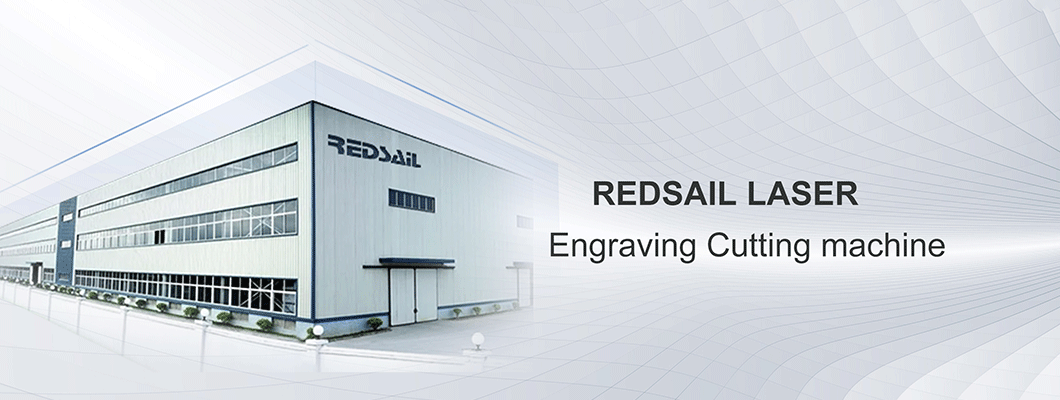
Before using the laser cutting machine, we will import the prepared drawings into the program, and then use the typesetting software to arrange the graphics on a board, so that the laser cutting machine can process the products in batches. Among them, although the typesetting process is very short, there is a lot of knowledge hidden in it. If the typesetting is slightly wrong, it will have a great impact on the cutting effect of the entire board. So, here's a list of six things to keep in mind when it comes to typography.
1. Corner melting
When rapidly cutting the corners of thin steel sheets, the laser will overheat and melt the corners. A small radius is generated at the corner to maintain the high-speed cutting of the laser and avoid overheating and melting of the steel plate when cutting the corner, so as to obtain good cutting quality, reduce cutting time and improve productivity.
2. Spacing of parts
In general, when cutting thick plates and hot plates, the spacing between parts should be large, because the heat of thick plates and hot plates has a great influence, and when cutting corners, sharp corners and small graphics, it is easy to burn the edges and affect the cutting quality.
3. Lead setting
In the process of cutting thicker plates, in order to make the kerf connect well and prevent burns at the beginning and end, a transition line is often drawn at the beginning and end of the cutting, respectively called lead and tail. The lead and the tail are the workpiece itself. It is useless, so it should be arranged outside the scope of the workpiece, and at the same time be careful not to set the lead wire in a sharp corner and other places that are not easy to dissipate heat. The connection between the lead and the kerf should use a circular arc transition as much as possible to make the machine move smoothly and avoid the burn caused by the corner stop.
4. Co-edge cutting
Co-edge two or more parts into a combination, and try to co-edge large batches of regular graphics. Co-edge cutting can greatly shorten the cutting time and save raw materials.
5. Part collision
In order to maximize production efficiency, many laser cutting equipments operate continuously for 24 hours, and use unmanned automatic loading/unloading devices to hit the overturned parts that have been cut, causing damage to the cutting head and interruption of production, resulting in relatively high production costs. big loss. This requires attention when sorting:
①Select the appropriate cutting path, detour the already cut parts, and reduce the collision.
②Choose the best cutting route to reduce the cutting time.
③ Automatically or manually combine multiple small parts with tiny connections. After cutting, the removed parts can easily disconnect the tiny connections.
6. Remaining material processing
After cutting the parts, the skeleton-like residual material on the workbench of the laser cutting equipment needs to be removed as soon as possible to facilitate subsequent cutting operations. For laser cutting equipment that does not have an automatic discharge device, the skeleton-shaped residual material can be cut into small pieces for easy and quick removal. This avoids the operator's personal injury caused by moving heavy and sharp-edged remnants.

Leave a Comment